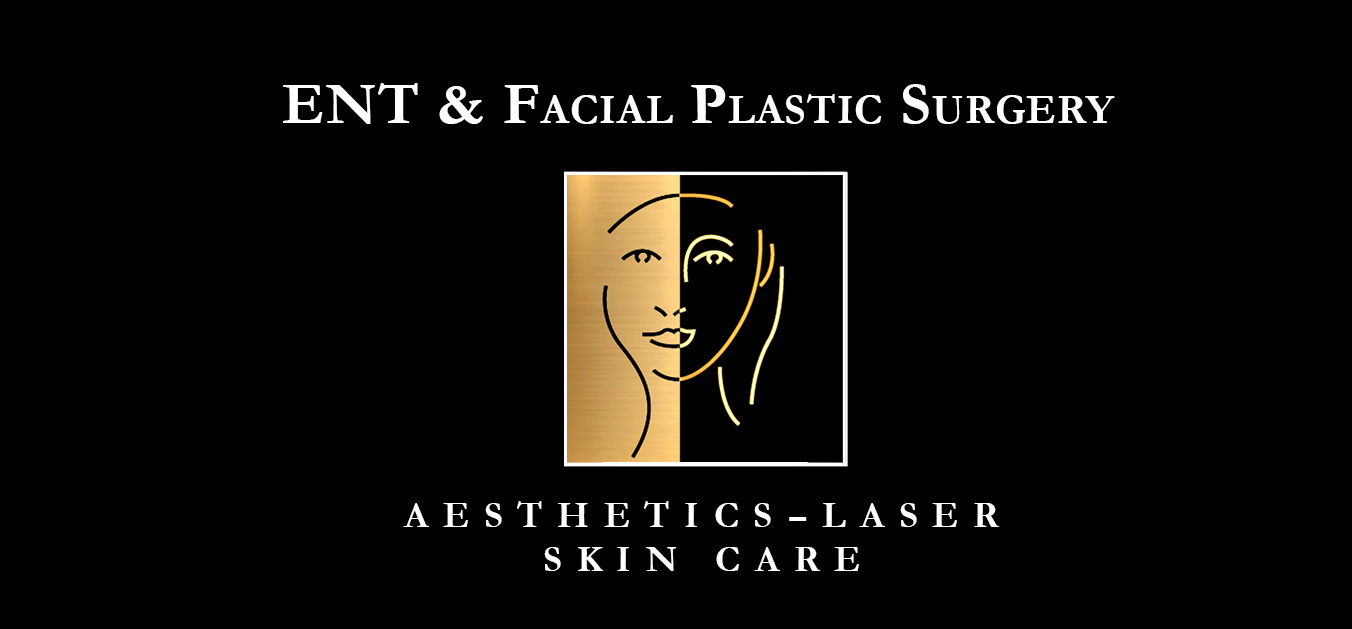Plastic surgery is vast space, and different surgeries satisfy different needs. The art of ethnic rhinoplasty is one such specialized area of plastic surgery catering to individuals of different ethnic backgrounds.
The goal of the surgery is to preserve the patient’s ethnic identity, enhance the facial features, and create a balanced and harmonious appearance.
In this blog, we will discuss ethnic rhinoplasty, including the types of ethnic rhinoplasty procedures, common nose traits, procedures by ethnicity, and what to expect from recovery.
What Is Ethnic Rhinoplasty?
Ethnic rhinoplasty is a specialized cosmetic surgery procedure that aims to enhance the appearance of the nose, while preserving its unique ethnic features. It involves techniques and considerations specific to different ethnicities and their distinct nasal traits.
Often referred to as Cultural Preservation Rhinoplasty, it can correct structural defects caused by trauma, birth defects, or disease while maintaining the natural and unique look of the nose.
What Is the Goal of Ethnic Rhinoplasty?
This procedure aims to correct each patient’s specific concerns, such as structural defects, improve symmetry, and achieve desired outcomes. At the same time, it allows individuals to maintain a natural look that complements their ethnicity.
Ultimately, the goal of ethnic rhinoplasty is to provide individuals with a way to enhance their appearance while honoring their ethnic identity and distinct nasal traits.
However, it is crucial to consult with a board-certified plastic surgeon who specializes in the art of ethnic rhinoplasty and has extensive experience with this particular procedure to ensure a highly personalized approach and optimal outcomes.
Types of Ethnic Rhinoplasty Procedures
There are different types of ethnic rhinoplasty procedures, including augmentation rhinoplasty, reduction rhinoplasty, and reconstructive rhinoplasty.
Augmentation rhinoplasty is a procedure that involves adding grafts, implants, or filler materials to build the nasal bridge and enhance the nose’s projection.
Reduction rhinoplasty is a procedure that involves reducing the size of a large nasal bridge by reshaping the bone and cartilage.
The goal of reconstructive rhinoplasty is to repair structural defects caused by trauma, birth defects, or disease.
Common Nose Traits and Procedures by Ethnicity
Different ethnicities have distinct traits that define their facial features, including the nose. Ethnic rhinoplasty aims to preserve these ethnic traits while enhancing the nose’s overall appearance.
African American
For example, African American noses tend to have thicker skin, rounder tips, and flatter bridges. As such, ethnic rhinoplasty aims to refine the tip and nostrils while maintaining a natural-looking appearance.
Asian, Pacific Islander, Native American
In contrast, Asian, Pacific Islander, and Native American noses tend to have lower bridges, wider bases, and smaller nostrils. Accordingly, cultural preservation rhinoplasty aims to create a higher bridge and a more defined tip.
Middle Eastern
Additionally, some common Middle Eastern nose traits include a prominent nasal bridge, wide nostrils, and a rounded or bulbous tip.
To maintain a natural appearance, the surgeon may use techniques such as cartilage grafting to add volume or definition, without altering the overall structure of the nose. This allows for the preservation of ethnic features while still achieving desired improvements.
What to Expect From Ethnic Rhinoplasty Recovery
Recovery from ethnic rhinoplasty can take several weeks, and the healing process varies depending on the procedure’s extent. Patients can expect to experience swelling, bruising, and discomfort during the first few weeks.
After the surgery, the surgeon will provide instructions on how to care for the nose, including avoiding strenuous activities and keeping the head elevated while sleeping. Patients may need to wear a splint or tape on the nose to protect it during the healing process.
It is crucial to follow the surgeon’s instructions carefully to ensure proper healing and avoid complications such as infection or displacement of graft material.
Learn More About the Art of Ethnic Rhinoplasty
If you would like to learn more about ethnic rhinoplasty, please call our office today to schedule a consultation with one of our highly skilled and experienced surgeons.


